The Fossil Fuel Industry Continues Producing Heat-Trapping Emissions that Drive Climate Change
Union of Concerned Scientists
APRIL 4, 2024
A new dataset released by InfluenceMap provides information on heat-trapping emissions traced to the 122 largest investor and state-owned fossil fuel companies in the world. Fossil fuels are the main driver of climate change and the terrifying effects of it that we see happening across the world.


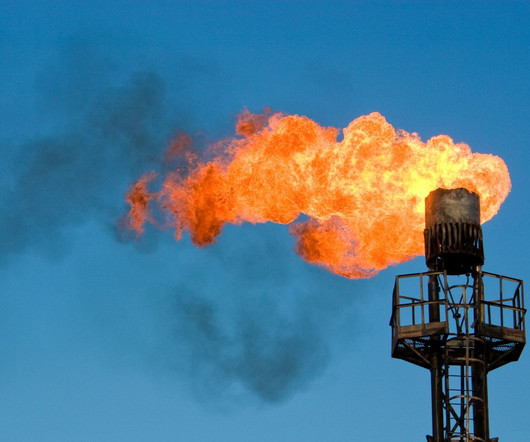
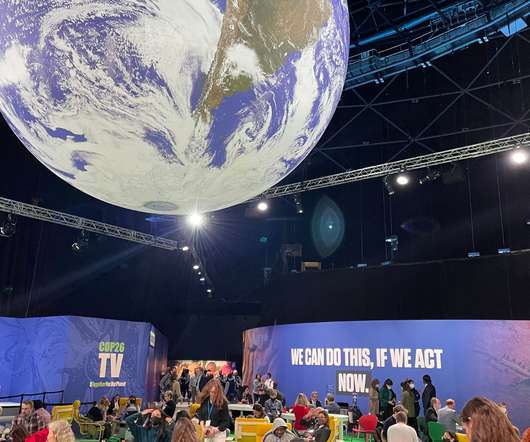

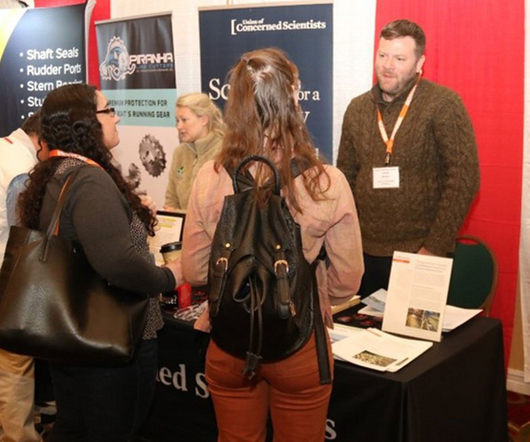


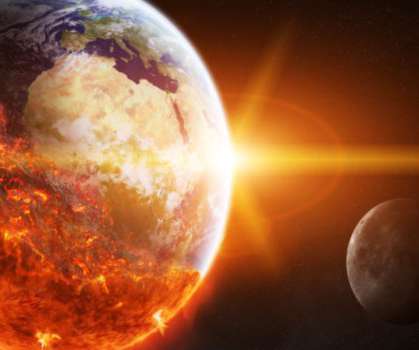
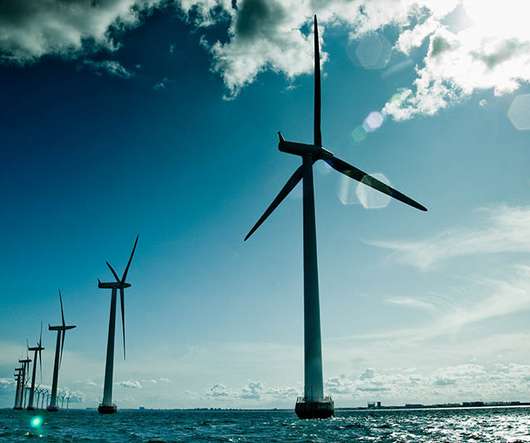

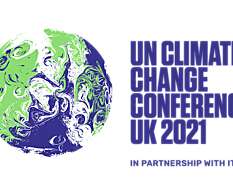








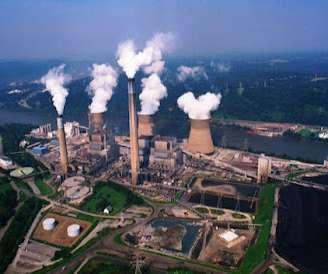









Let's personalize your content